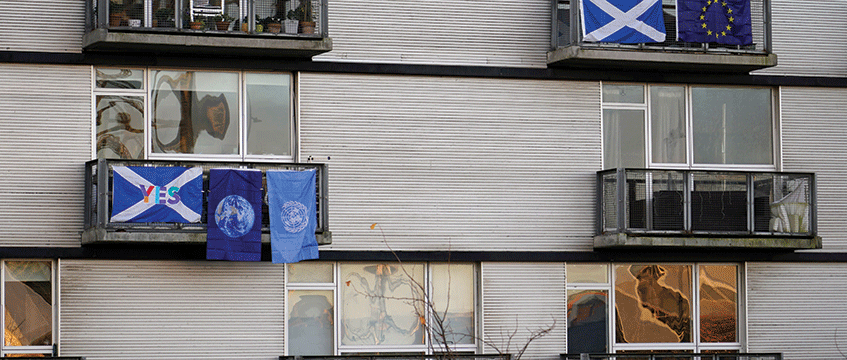COMMENT There are a growing number of build-to-rent developments in Scotland’s major cities, and investment in the sector is expected to increase significantly in 2022. Despite this, there is some debate around whether the legal framework for residential letting in Scotland, and rent controls in particular, act as a barrier to investment.
Despite the continuing debate around what further rent control measures may be applied in Scotland, it is wrong to think that the legal position is anti-business and anti-investment. For instance, the Scottish government has commissioned a number of reports to support and encourage investment in the BTR market, including the Scottish Futures Trust’s The Build to Rent Opportunity in Scotland and the Urban Land Institute’s Build to Rent: A Best Practice Guide. That said, existing rent controls and the potential for further measures to be introduced cannot be ignored.
What legal controls exist currently?
The Private Housing (Tenancies) (Scotland) Act 2016 covers all new tenancy agreements created on or after 1 December 2017 that meet the definition of a private residential tenancy. This includes new BTR tenancies. The Act is designed to provide “security, stability and predictability for tenants” while safeguarding landlords and investors.
It does so by imposing restrictions on increases in rent:
- rent cannot be increased more than once in a 12-month period;
- a tenant can refer a proposed increase in rent to a rent officer, who will review and determine a fair rent; and
- the Act also creates rent pressure zones, which place limits on rent increases by landlords for existing tenants in that zone (note that this applies to existing rather than new tenancies).
Where a rent increase notice is issued for an existing PRT within an RPZ, rent cannot increase by more than the annual consumer price index, plus 1%, plus a figure set by the ministers for that area. In order for an RPZ to be created, the local authority must present evidence that:
- rents are rising too much in the proposed zone;
- this is placing undue hardship on tenants; and
- it is coming under pressure to provide housing or subsidise the cost of housing as a result of these rent increases.
Despite the fact that these protections for tenants exist within local legislation, in reality they have not been applied.
According to the RPZ tracker on the Scottish government website, there are no registered RPZs. It should not be assumed, however, that this means there is an acceptance that these are not required. Rather, the main reason cited for this is a lack of information about local rents made available to local authorities to allow them to meet the criteria for introducing RPZs. Scottish government statistics showed average rents continued to rise above inflation in 2020, despite the RPZ policy. As a consequence, there is a desire to vary existing rent control legislation to make it effective, and the question for investors, therefore, is what this might look like.
An evolving picture
One now defeated proposal attempted to:
- prevent landlords from increasing rent by more than a set level (CPI plus 1%);
- allow the tenant to apply to a rent officer once every 12 months to have set a fair open market rent; and
- require landlords to include rent details in the public Scottish Landlord Register.
The main perceived advantage to this proposal was that it would have removed the administrative hurdles the RPZ policy faces and make data about rental figures more publicly available. Of comfort to investors and developers was the acceptance of the CPI plus 1% cap, which is generally viewed as being commercially acceptable when applied only to existing lettings.
There is an ongoing Scottish government consultation – A new deal for tenants – looking to develop a national system of rent controls for PRTs. A new strategy is to be published later this year, with the proposals contributing to a Housing Bill that is to be put before parliament in 2023.
This may well throw out new, previously untested ideas. Living Rent, a Scottish tenants’ union, is proposing a points-based system, in which the maximum rent a landlord can charge is linked to the quality of the property. This sort of measure is unlikely to have a negative impact on the BTR sector, given the age of the sector and the drive for quality within it.
Wherever policy lands, as noted above, it would be wrong to assume that the existence of rent control measures signifies a government that is anti-business. Indeed, measures have also been introduced that are specifically designed to support the sector. Aside from stamp duty breaks, probably the best example of this is the Scottish government’s Rental Income Guarantee Scheme run by the Scottish Futures Trust in terms of which the government will underwrite 50% of any gap between 95% and 75% of rental income, within a defined band.
As things stand, there is no reason to believe that the Scottish government will not continue to seek to take account of the need to encourage investment in the sector, alongside the desire to implement a fair housing policy.
Brian Hutcheson is a real estate partner at Dentons









